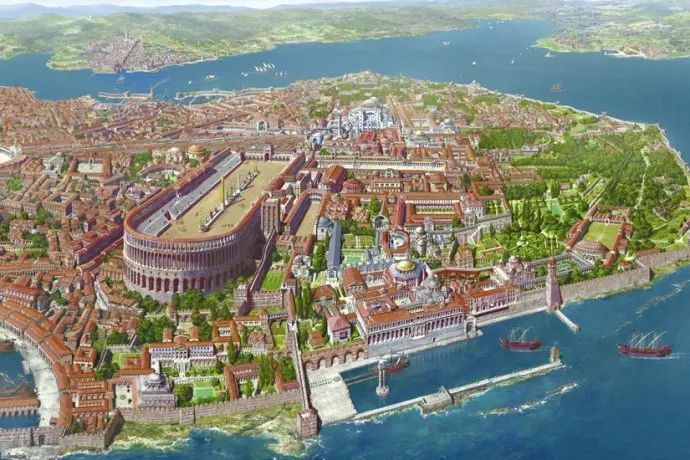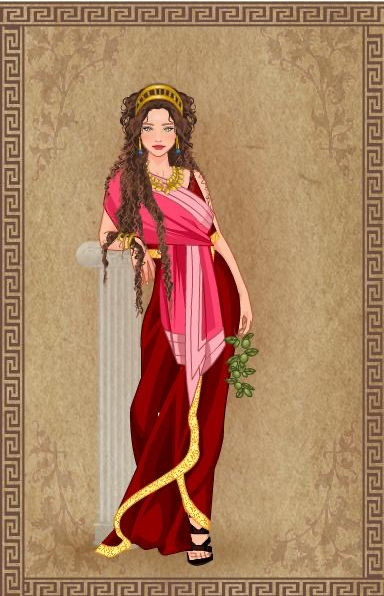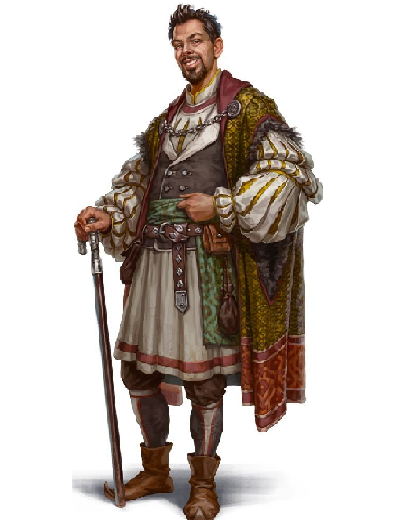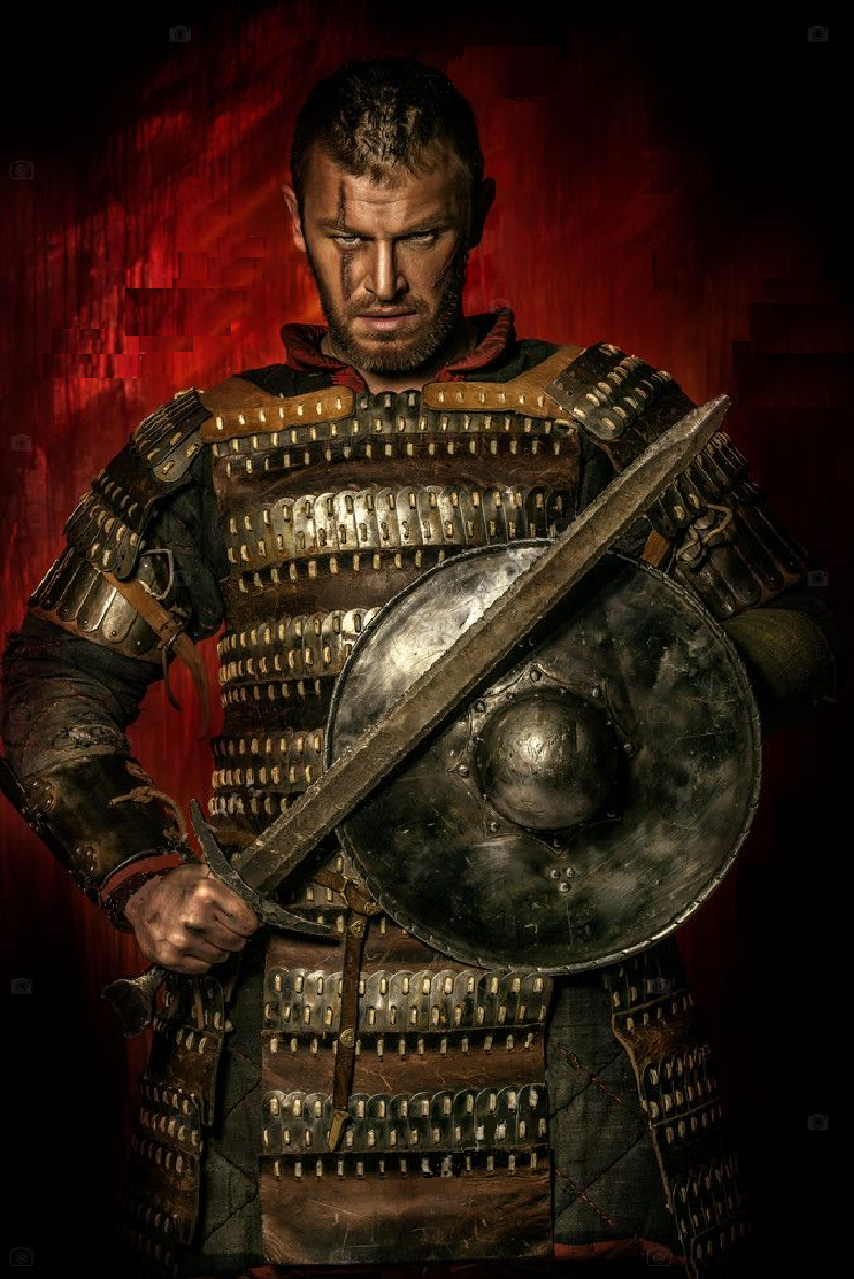Constantinople
Overview
Constantinople (Greek: Κωνσταντινούπολις Kōnstantinoupolis; Latin: Cōnstantīnopolis, pronounced) was the capital of the Roman Empire, and later, the Eastern Roman Empire (also known as the Byzantine Empire).
In 324, the ancient city of Byzantium was renamed "New Rome" and declared the new capital of the Roman Empire by Emperor Constantine the Great, after whom it was renamed, and dedicated on 11 May 330. Constantinople is generally considered to be the center and the "cradle of Orthodox Christian civilization". From the mid-5th century to the early 13th century, Constantinople was the largest and wealthiest city in Europe. The city became famous for its architectural masterpieces, such as Hagia Sophia, the cathedral of the Eastern Orthodox Church, which served as the seat of the Ecumenical Patriarchate, the sacred Imperial Palace where the Emperors lived, the Hippodrome, the Golden Gate of the Land Walls, and opulent aristocratic palaces. The University of Constantinople was founded in the fifth century and contained artistic and literary treasures, including its vast Imperial Library which contained the remnants of the Library of Alexandria and had 100,000 volumes. The city was the home of the Ecumenical Patriarch of Constantinople and guardian of Christendom's holiest relics such as the Crown of thorns and the True Cross.
Constantinople was famed for its massive and complex fortifications, which ranked among the most sophisticated defensive architecture of Antiquity. The Theodosian Walls consisted of a double wall lying about 2 kilometres (1.2 mi) to the west of the first wall and a moat with palisades in front.[12] Constantinople's location between the Golden Horn and the Sea of Marmara reduced the land area that needed defensive walls. The city was built intentionally to rival Rome, and it was claimed that several elevations within its walls matched Rome's 'seven hills'.[13] The impenetrable defenses enclosed magnificent palaces, domes, and towers, the result of prosperity Constantinople achieved as the gateway between two continents (Europe and Asia) and two seas (the Mediterranean and the Black Sea). Although besieged on numerous occasions by various armies, the defenses of Constantinople proved impenetrable for nearly nine hundred years.
Welcome to our World of Darkness tabletop world.
To gain full use of the site you will need to LOGIN to world anvil and come back to this page.
once you are logged in you will be able to select a species in the right nav





















Comments